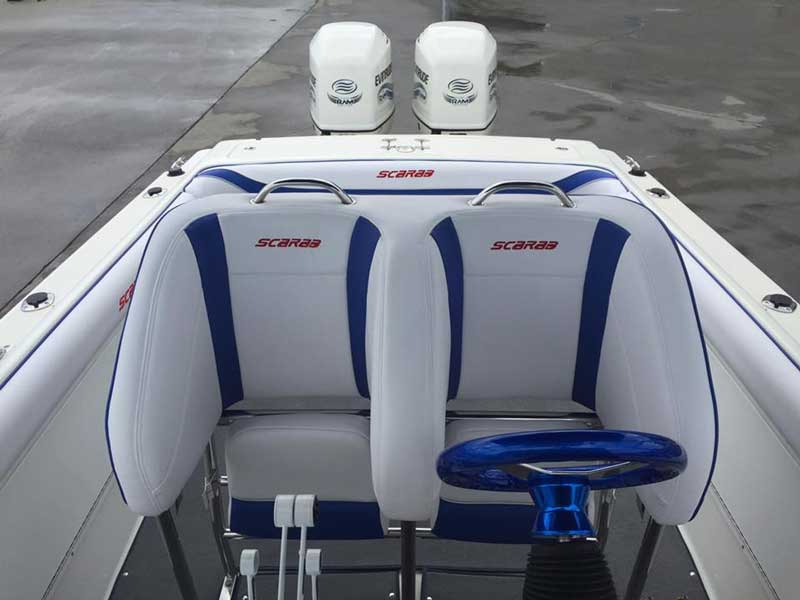

The upper deck was entirely covered by the hangar and made efficient use of the space. The Tour de Force: 76 aircraft on a small package Original blueprint extract, island superstructure. Propulsion-wise, due to further space issues, more compact geared turbines were installed. These boilers had their stacks placed so as to disperse smoke over less of the deck's surface. But it left little room for improvement on the ship without compromising her top speed. A relatively modest 53,000shp powerplant was chosen, small enough to be placed further aft, where a much larger power unit would not have fit. The powerplant management reflected this, with a particular placement of the boilers in order to decrease the amount of smoke generation. The USN had learned with USS Langley that smoke dispersion was a major source of interference for air operations, and thus their implementations with the Ranger’s funnels impacted the propulsion design. In further pursuit of an uninhibited flight deck, the carrier was “headless”, without any island, and even when one was added, the funnels were not moved into the island as a cost-saving measure. When the carrier was cruising, the funnels would angle back up to the verticle position. This setup was only used for flight operations. To get rid of the smoke the solution was to truncate exhaust from the six boilers into a corresponding number of small stacks, three on either side of the aft hangar, that would be hinged to rotate parallel with the hangar deck. This flight deck was designed to be clear of obstacles, but this came with the drawback of complicating the machinery arrangements. One of the key features of the design was the fact the hull was flush-decked to simplify the structure and the flying deck ended without an overhanging prow and stern. Wargames showed severe attrition of airframes and hulls and the Naval College recommended the USN cram as many aircraft as the hulls allowed. The smaller one, at 13,800 was selected first to rapidly ramp up the USN's carrier force. This left room for three 23,000 long-ton carriers, four 17,250 ton carriers, and five 13,800 ton carriers, as calculated The Lexingtons displaced 69,000 long tons and ate a considerable part of the allowed tonnage for the "CV" category. There was, however, a major limitation to the admiralty’s ambitions for the new vessel regarding its sizeĪnd speed: The constraints of the Washington Naval Treaty signed in 1920. The Washington treaty CV’s displacement limits

The initial design was ready in 1927, but many alterations would follow as a result of real-world experience gained through the newly launched Lexington and Saratoga.

With this limited experience to draw on, characteristics were defined after reports from wargaming experience at the U.S. Preliminary design work was mostly theoretical, as only the Langley was in service, and was at best a stopgap solution, whereas the more promising Lexingtons were far from completion (they would be finished in 1927). The hypothetical fourth Carrier was seen as an opportunity to create a carrier from scratch. The Lexington and Saratoga were also converted ships but were based on battlecruisers, making the best of their size and speed. The slow and small USS Langley, a converted collier. Until then, the only aircraft carrier in service was At the time, conversion work was still ongoing on the Lexington class carriers, and a fourth carrier was needed for the Navy. Throughout her service, she was too small to deploy an efficient air group, which was taken into account for the subsequent Yorktown class. Her small size and low speed eliminated her from the Pacific Fleet and instead, she spent most of the war in the Atlantic, providing air support for Operation Torch, and serving as the operation leader off Norway among others. She was a relatively light Treaty ship, with a displacement of only 15,000 long tons (15,000 t), and in her original guise was without an island superstructure. USS Ranger (CV-4) was the first USN aircraft carrier designed as such.


 0 kommentar(er)
0 kommentar(er)
